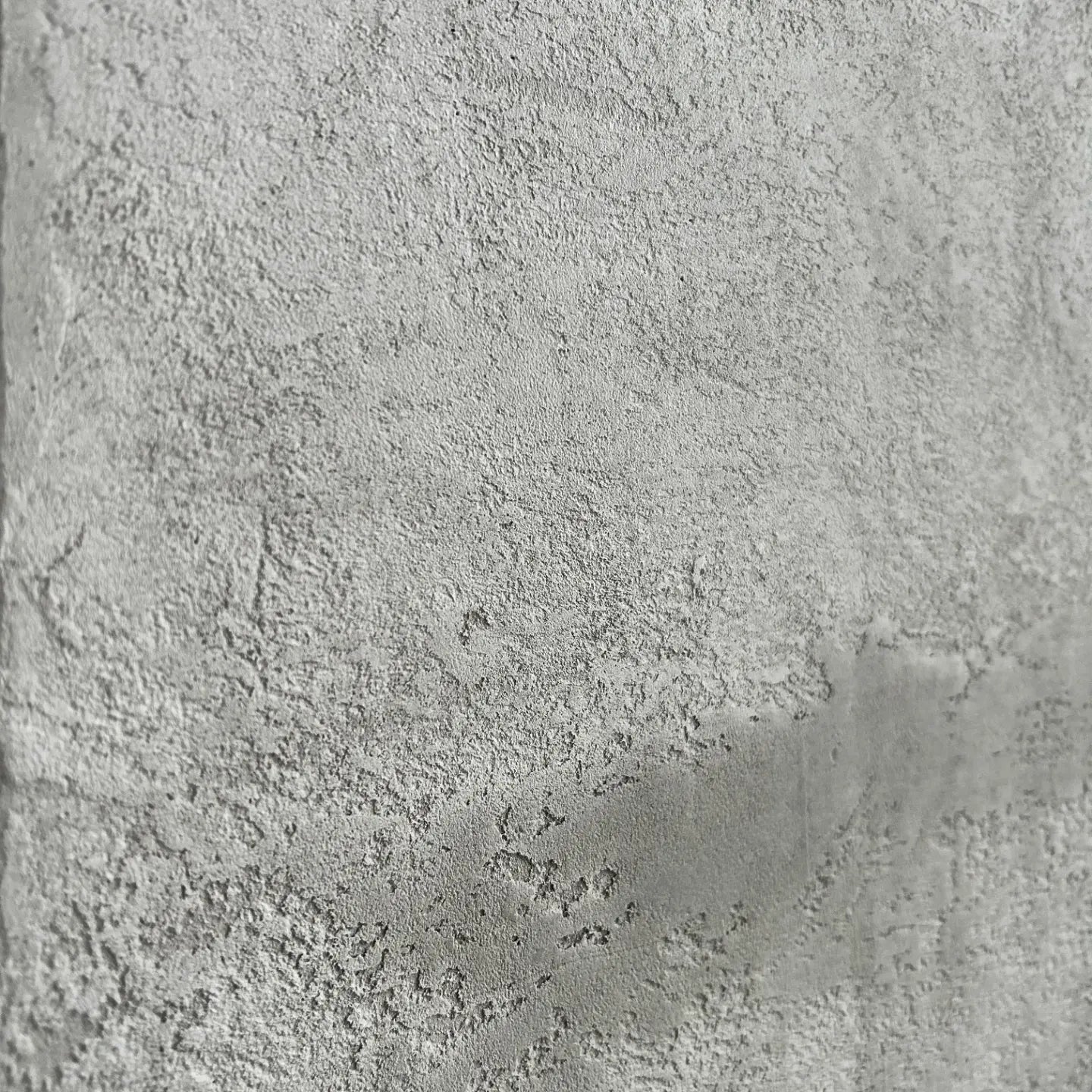Introducing the Eco-Friendly Advantages of Utilizing Recycled Concrete in Lasting Construction Practices
In the realm of lasting building and construction practices, the utilization of recycled concrete stands as a critical yet commonly underestimated resource. Past its standard applications, recycled concrete offers a myriad of eco-friendly benefits that expand much beyond the boundaries of traditional construction products. From minimizing environmental effect to boosting cost-efficiency, the ramifications of integrating recycled concrete in sustainable structure methods are considerable. This versatile product not just addresses pressing ecological worries however also offers a viable service to the difficulties faced by the building and construction market at large.
Environmental Advantages
Undoubtedly, among one of the most considerable advantages of utilizing recycled concrete is its positive effect on the atmosphere. By integrating recycled concrete into building practices, there is a substantial reduction in the need for brand-new raw products, causing conservation of natural deposits. This process aids in maintaining aggregates, water, and energy that would have been used in creating new concrete. In addition, making use of recycled concrete lessens the quantity of waste being sent to land fills, consequently minimizing environmental pollution and reducing the pressure on garbage dump abilities.

In contrast, recycled concrete has a reduced carbon footprint as it decreases the demand for brand-new concrete production. On the whole, the environmental benefits of utilizing recycled concrete are substantial and play an essential duty in promoting environment-friendly building and construction methods.
Cost-Efficiency
When evaluating the application of recycled concrete in construction jobs,Achieving cost-efficiency is a vital consideration. One of the crucial benefits of utilizing recycled concrete is its cost-effectiveness contrasted to typical concrete. The manufacturing of recycled concrete includes less power and sources as it utilizes existing materials, decreasing the overall project expenses substantially. In addition, the schedule of recycled concrete locally can further reduce transportation expenditures, making it a much more affordable option for building jobs.
Furthermore, making use of recycled concrete can lead to cost savings in landfill costs by diverting concrete waste from disposal websites. This not just lowers the ecological impact yet additionally eliminates the costs related to waste elimination. In addition, the sturdiness and efficiency of recycled concrete approach traditional concrete, ensuring that expense financial savings do not endanger the quality of the building.
Toughness and Toughness
Recycled concrete deals comparable, if not exceptional, longevity and stamina buildings to standard concrete - Concrete. Via improvements in handling techniques and high quality control, recycled concrete can meet or surpass the efficiency requirements of standard concrete.

Waste Decrease
When it comes to using recycled concrete, waste reduction is a vital advantage that adds dramatically to ecological preservation. By incorporating recycled concrete into construction projects, this waste is repurposed Get More Info and drawn away from land fills, reducing the overall ecological influence of building tasks.
In addition, the usage of recycled concrete can lead to set you back financial savings for construction jobs, as it is often more economical than sourcing and transporting new products check out this site - Concrete. In verdict, waste reduction through the use of recycled concrete is an essential component of sustainable building and construction methods that profits both the environment and the building industry as a whole.
Power Conservation
Energy preservation is a critical element of lasting building and construction methods, aiming to reduce the total power usage related to building procedures and products production. Considerable power savings are achieved compared to traditional concrete production when it comes to making use of recycled concrete in building and construction. The procedure of producing recycled concrete entails crushing and recycling existing concrete materials, which eats much less power than mining, handling, and transferring raw products for brand-new concrete manufacturing. Furthermore, using recycled concrete can assist reduce the demand for virgin aggregate, more decreasing the energy-intensive extraction and processing of natural sources.
Conclusion
To conclude, the utilization of recycled concrete in lasting building and construction techniques offers various environmental advantages, cost-efficiency, toughness, stamina, waste decrease, and energy conservation. By including recycled concrete right into building tasks, we can contribute to a much more eco pleasant and sustainable future. It is vital for the construction sector to prioritize using recycled Look At This products to help minimize the environmental influence of building tasks.
One of the crucial advantages of utilizing recycled concrete is its cost-effectiveness contrasted to standard concrete.Furthermore, the usage of recycled concrete can lead to cost savings in land fill costs by diverting concrete waste from disposal sites. The longevity and performance of recycled concrete are similar to conventional concrete, making sure that cost financial savings do not compromise the high quality of the construction.
